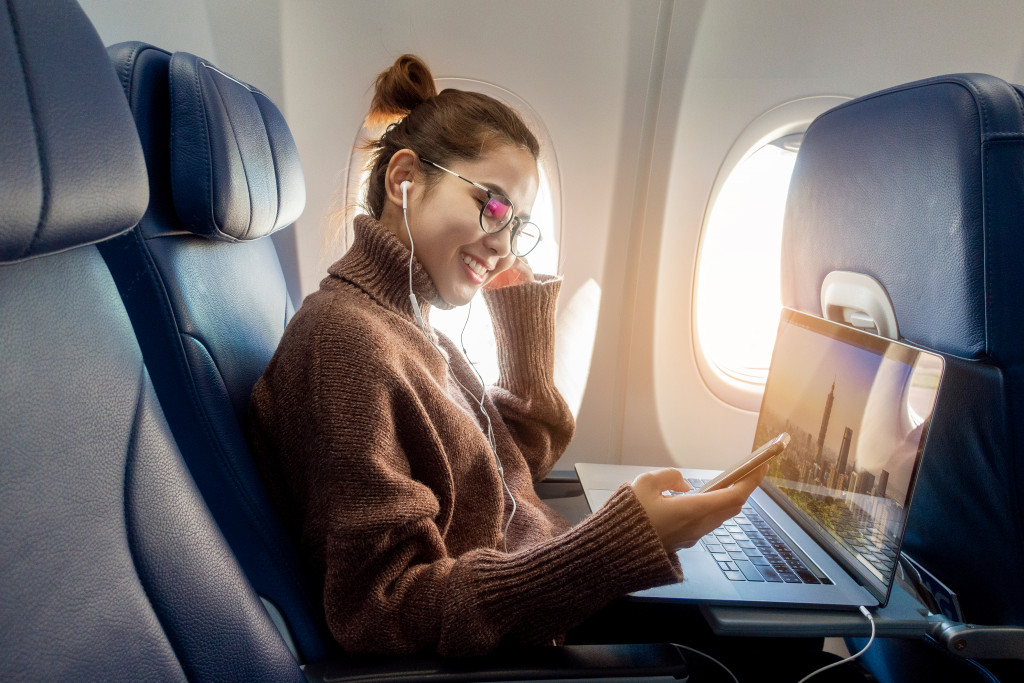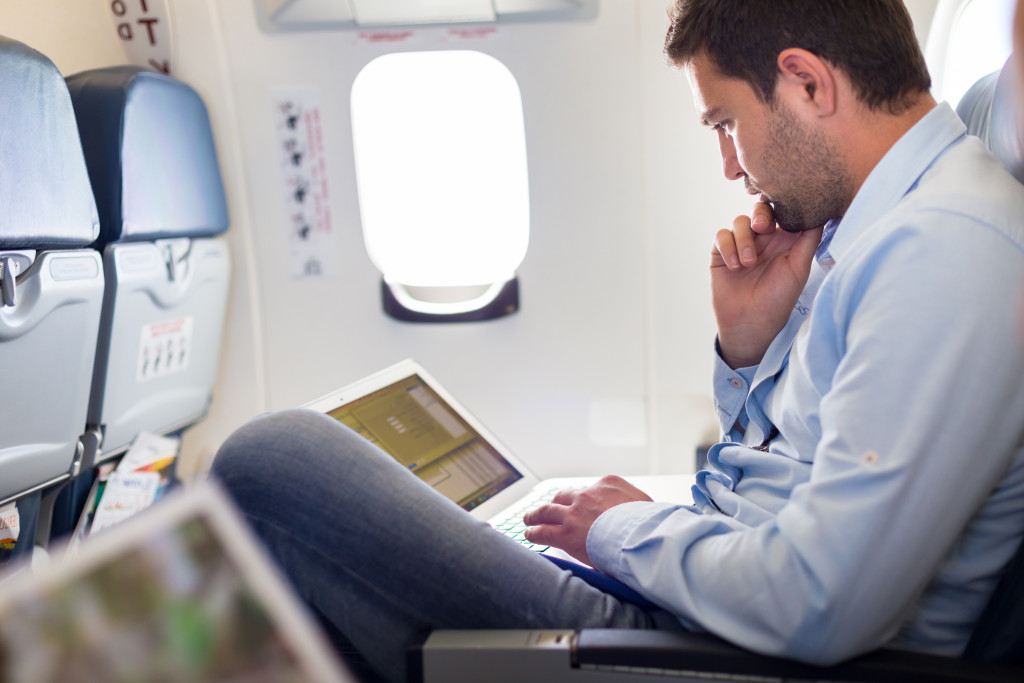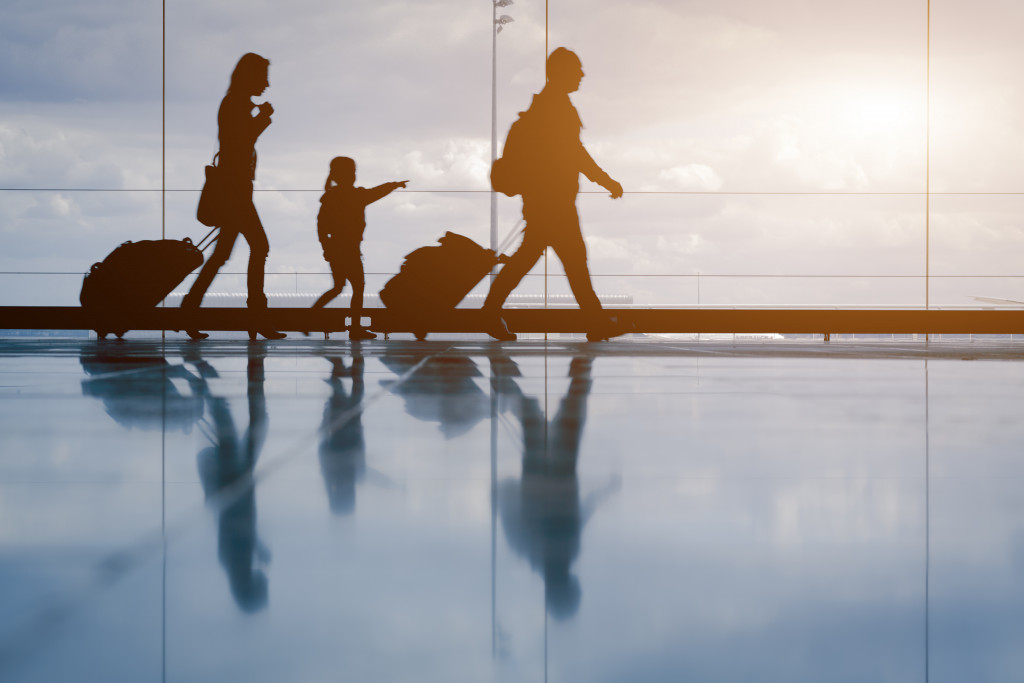Disclaimer: The Lifestyle Elf. This site provides fashion and lifestyle content for informational purposes only.
- Airlines must adhere to safety regulations and conduct regular aircraft maintenance and inspections to ensure passenger safety.
- Flight crew and staff must be trained in all areas, such as emergency procedures and proper passenger handling.
- Advanced technology can help identify potential issues before they become dangerous and take preemptive measures to avoid incidents.
- Airlines should provide ample legroom, improved seat design, and pleasant cabin ambiance for passengers’ comfort.
- Security protocols must be followed, and an emergency preparedness plan must be in place to handle any situation.
In today’s world, air travel has become an essential part of our lives, whether it is for business or leisure. However, passenger safety and comfort must always be prioritized amidst the convenience of air travel.
Those operating aircraft must ensure that all necessary measures and protocols are adhered to provide passengers with safe and comfortable experiences.
Passenger comfort and security are integral to air travel, impacting a traveler’s overall experience. Passengers who feel safe and comfortable are more likely to have a positive impression of the airline and are more likely to use their services again.
Moreover, airlines must understand that ensuring passenger safety and comfort is not an option but an obligation. It is incumbent upon airlines to provide safe and comfortable journeys to ensure passengers feel protected at all times.
This blog will dive into ensuring passenger safety and comfort while traveling on an aircraft.
Enhancing Passenger Safety
One way to enhance passenger safety is through implementing rigorous safety protocols and regulations. They should ensure that they comply with all regulatory requirements and that their staff is well-trained to handle any situation.
Aside from that, airlines must execute periodic maintenance and inspections of their aircraft to guarantee they are in optimal working conditions.
Implementing Rigorous Safety Protocols and Regulations
Compliance with regulatory requirements is an excellent way to ensure the safety of passengers during flights. Airline staff members should be up-to-date with all safety protocols and regulations in their respective countries and follow them strictly.
Conducting Regular Maintenance and Inspections
The proper maintenance of aircraft is critical to passenger safety. Airlines should conduct regular aircraft inspections to identify and address any mechanical or technical issues before leaving the ground.
Ensuring Proper Training for Flight Crew and Staff
Passenger safety depends not only on aircraft maintenance but also on the skill and training of flight crew and staff. Flight crew and staff must undergo rigorous training programs to be equipped with the necessary knowledge and skills to handle any situation that may arise.
Utilizing Advanced Technology for Safety Measures
With technology advancements, airlines can significantly enhance passenger safety by utilizing various advanced safety measures. For instance, airlines can install cameras in aircraft, activate GPS tracking systems, and enforce advanced screening procedures for travelers to identify safety threats and mitigate them as soon as possible.

Creating a Comfortable Cabin Environment
Safety is essential, but passenger comfort is also a significant aspect of air travel. Here are some ideas that will make your passengers comfortable and a flight that they can enjoy.
Ergonomic Seating and Spacious Legroom
Airline industries should focus on providing ample legroom, wider seats, and improved seat design to ensure the comfort of passengers. It is vital to consider passenger satisfaction and comfort rather than maximizing the number of seats on the aircraft.
Climate Control and Air Quality Management
Airlines should regularly check and maintain the cabin’s air quality for passengers’ comfort. Passengers will have a better experience with cleaner air and consistent temperature controls, improving their flight experience.
Noise Reduction and Soundproofing Techniques
Excessive noise can drive passengers’ anxiety and stress, affecting their comfort. Airlines should invest in soundproofing materials for their cabins and reduce noise levels through various noise-reduction techniques.
Adequate Lighting and Cabin Ambiance
The cabin’s ambiance plays a crucial role in enhancing passenger comfort levels. Adequate lighting levels, neutral, calming color schemes, and interior designs can help passengers enjoy a more comfortable flight experience.
Security Measures and Protocols
Security measures implemented in aircraft have become more stringent over the years and for good reason. Airlines ensure that proper protocols are followed to restrict the entry of unauthorized personnel into the cabin.
Strict Security Screening Procedures
Airlines carry out strict screening procedures to ensure passengers, crew members, and baggage are checked for potential threats.
Airlines may opt to conduct full-body scans, pat-downs, and X-ray screenings based on the threat level. All carry-on bags and checked-in luggage are screened extensively to ensure no sharp objects or potential threats.
Securing Cabin Access and Restricting Unauthorized Entry
Securing cabin access is a critical part of airline safety protocols. Airlines ensure that only authorized personnel can access the cabin area, and the cockpit is off-limits to passengers. Secure entry points provide no unauthorized access to the cabin, and all entry points are closely guarded.
Emergency Preparedness and Evacuation Procedures
Aircraft operators should have a detailed emergency preparedness plan that includes evacuation procedures. The emergency preparedness plan should be communicated to all crew members and reviewed regularly to ensure effectiveness.
Training Crew Members for Emergency Situations
Aside from having a well-planned emergency preparedness plan, training crew members for emergencies is essential. Proper training equips crew members with the knowledge and skills to handle crises effectively.
Conducting Regular Emergency Drills and Simulations
Regular drills and simulations should be conducted to enhance crew members’ preparedness for emergencies further. This will allow crew members to practice and refine their emergency response skills.
Providing Clear Instructions and Visual Aids for Passenger Safety
Passenger safety instructions should be clear and concise, and visual aids should be provided where necessary. These instructions should be displayed in a way that is easily visible for passengers to refer to during the flight.
Custom Passenger Service Unit Storage for Quick Access to Essential Items
Custom passenger service unit storage can be an excellent addition to an aircraft for quick access to essential items such as fire extinguishers, first aid kits, and oxygen masks.
This feature can be handy during emergency situations when time is of the essence. It can help crew members respond to emergencies quickly and efficiently, reducing potential harm to passengers and crew members.

Airlines should be cognizant of passenger safety and comfort and make sure that both are a priority. Ensuring passenger safety requires rigorous safety protocols, regular maintenance, and well-trained staff.
To ensure passenger comfort, the airlines should focus on creating a more comfortable cabin environment by adopting various techniques to improve overall comfort, including ergonomically designed seats, temperature control, air quality management, noise reduction, and adequate lighting levels.
Airlines can build a positive reputation and create loyal passengers by investing in passenger safety and comfort.

